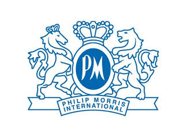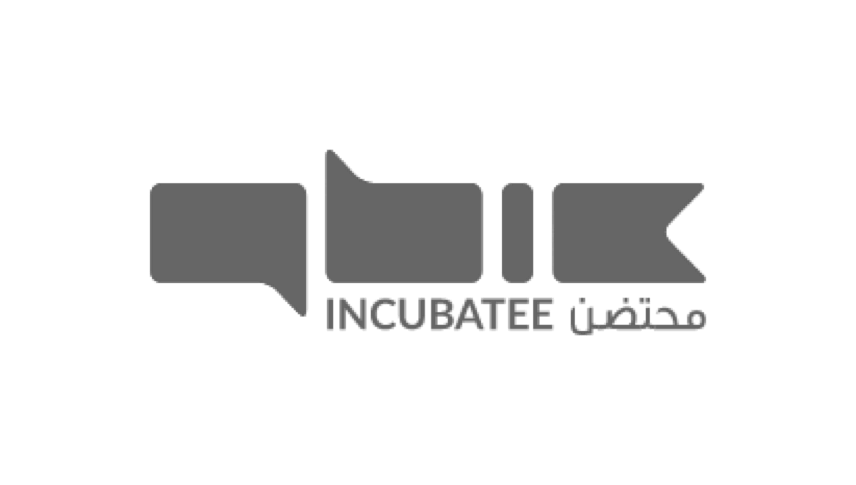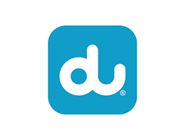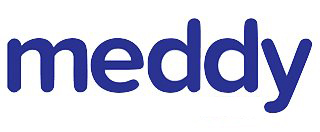Design Sprints for corporates.
We run Design Sprints for corporates. Design Sprints are an ideal, low-cost, high-impact format to innovate your business while promoting internal cultural transformation. In this page, you'll learn how to design a successful Design Sprint, through examples, a step-by-step guide, and agendas.
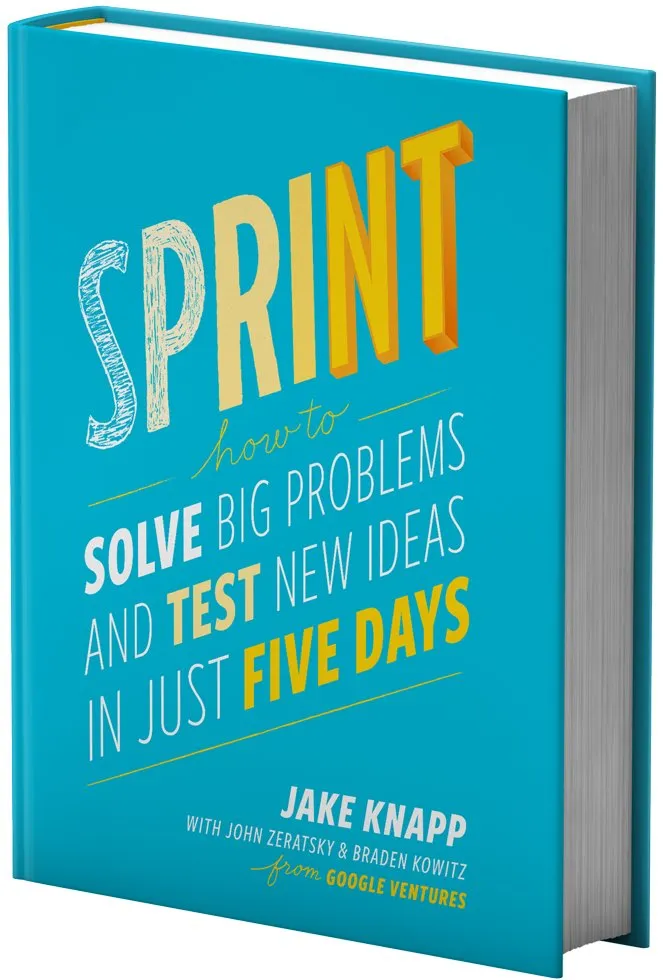




Duration
2 - 4 hours

GOAL
Cultural transformation and/or business growth

Business risk
Low

ideal audience
Product managers, business managers
Definition
What is a Design Sprint?
A Design Sprint is a 5-day workshop format where 5-10 employees from different departments gather in the same room (or remotely) to ideate, test and validate a business concept.
Design Sprints were invented at Google Ventures by Jake Knapp and colleagues to ideate and validate new business ideas in just a few days — in comparison, the standard process for the ideation and production of new concepts at corporates usually took several months, tons of meetings, and suffers from misalignment, lack of focus, and scarce user validation.
Goals
Why should you organize a Design Sprint?
Are you in a fast paced industry and need to speed up your time to market? Are you in a highly regulated industry, where developing new concepts is risky and cumbersome? Is your organization stuck in a lot of internal “checks and balances” and endless meetings? If so, your organization may be in need for a Design Sprint. Here are some of the goals that it may help you achieve.

Skip the talk: a validated prototype in only 5 days!
Condense months of work and empty talks, into 1 week of intense, fun, hands-on work. From ideation, to a tested prototype.

Promote entrepreneurship and attract talent
New generations are demanding space for designing new business concepts and working out their creative muscles - Design Sprints allow you to reward and identify the most talented people in your organization.

Build innovation capabilities within your organisation
A Design Sprint acts as a full-speed innovation training. Participants, while working on a real business project, are playing with Design Thinking and Lean Startup methodologies and are able to get into an agile way of working in real life.

Save tons of time and money
In comparison to the standard corporate way of working, a Design Sprint gives room to 5-10 people to focus on 1 task in 1 week, and to get it done. This saves a lot of time in project management, coordination, and double work.

Trust the best in the market
Netflix, Google, Facebook, Amazon, ... The most successful and profitable organisations in the world are using sprints to get better ideas, more quickly, and to validate (or kill) them in a blink of an eye.

Extra: it's fun!
For an employee, a Design Sprint is possibly one of the most creative, energising weeks of his/her year.
Design Sprint Agenda
A step-by-step guide to run a great Design Sprint
This is a step-by-step guide to run a successful Design Sprint. The method was invented by Jake Knapp at Google Venture — on their website you can find additional information. We added links to external resources, so that you can run a Design Sprint yourself. In case you need extra support, book a free consultation with us, contact us, or subscribe to the newsletter.
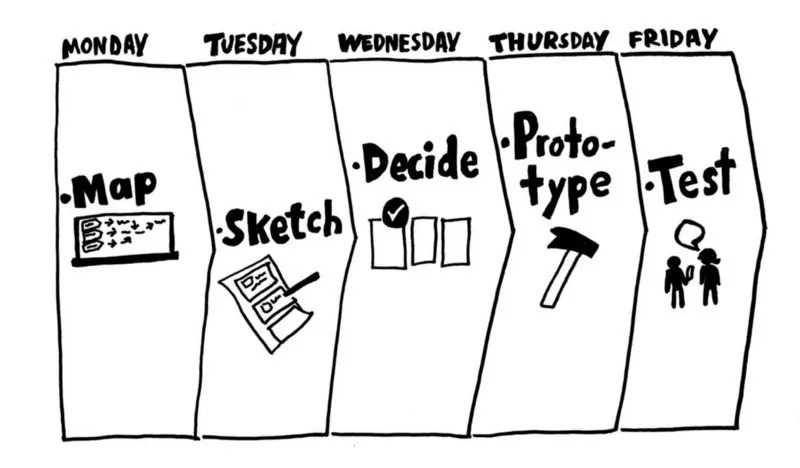
Design Sprint, Day 1
Map

When
Day 1

GOAL
Understand the challenge and identify one How Might We statement to solve

Key people
Sprint members, experts, steering committee, sprint facilitators
- Clarify the problem. On the first day of a Design Sprint, we deep dive into the challenge at hand, and we put it into a long-term view. To do this, we call experts in, we clarify the problem, and we get a precise understanding of which problem we’re trying to solve.
- Generate HMW statements. With a better understanding of the problem in mind, we move on to generating different How Might We statements. These are possible challenges to be tackled during the Design Sprint.
- Choose one HMW statement. Let the group dot-vote and choose one How Might We statement.
Tip: BE BOLD! A Design Sprint is useful to test risky assumptions. Make sure to choose a bold, big, challenging HMW statement.
Extra points: run customer interviews beforehand in the days immediately before the sprint. This helps the team empathize with the customer persona at the center of the sprint.
You don’t quite know where to start? We offer 30-minute free consultation for CEOs, Innovation Managers, and Heads of Strategy.
Design Sprint, Day 2
Sketch

When
Day 2

GOAL
Come up with as many solutions as possible

Key people
Sprint members, sprint facilitators
- Lightening demos. Start the morning of the second day with a bunch of inspiring cases: give the team time to research examples of flawless purchases processes, cool customer onboardings, awesome purchase followups, intriguing pricing models — anything relevant to the Design Sprint at hand. Find inspiration on trendhunter.com, trendwatching.com, or by Googling “trend reports”, or “future of”.
- Sketch ideas. With a multi-stage process, ideate solutions through sketch rounds that move from low-fidelity to high-fidelity.
- Sketch 1 or 2 final solutions per person. One of the most intriguing, exciting parts of the Design Sprint: for each sprint participant, it’s time to package 1 (or 2) main solutions into a solution card.
Tip: In the lightening demos, look for examples from in and out your business. A Design Sprint is an opportunity to look for inspiration outside of your industry, to come up with fresher, more innovative ideas.
Design Sprint, Day 3
Decide

When
Day 3

GOAL
Narrow down the 5-15 solutions to 1 single solution

Key people
Sprint members, steering committee, designer, sprint facilitators
- Art gallery. Stick all the A4 you produced on Day 2 on a wall of the Design Sprint room. Let people walk freely through the room and read each other’s solution concepts.
- Dot-vote the best concepts. Give 20 dot-votes per person, and let each participant vote the best concepts, and for specific details of the concepts.
- Critique. In 3 minutes, a narrator describes each concept; participants can add what they particularly loved. In the end, the author of the sketch reveals herself.
- Choice of 1 (or more) final concept(s). Word to the decider! It’s time to decide for a final solution to move forward into the prototyping phase.
- Storyboard. Time to make the concept clear for everyone. Make the team gather around a whiteboard, and build together the storyline of the solution you’ve just picked.
Design Sprint, Day 4
Prototype

When
Day 4

GOAL
Make it real! Prototype the solution in only 1 day

Key people
Someone from the sprint team, designer, sprint facilitators
- Prototype, prototype, prototype. Time to make things real. Today, we’ll make a real prototyper of the final solution, to be able to test it on Day 5 with real customers. Depending on the solution you need to prototype, you’ll need different tools. Use Figma or Sketch+Invision for App prototypes or mobile experience, Instapage or Carrd for landing pages and websites. Are you prototyping a real object? Modify an existing one. Are you prototyping a physical in-store experience? Create a fake stand with carton board in a real shop.
- In the meanwhile, prepare for the customer interviews on Day 5. The interviewer prepares the questions and sets up the logistics for the 5 (or more) customer interviews on Day 5. It’s important that the interviewer is not participating in building the prototype, so that she won’t be emotionally involved in it.
Design Sprint, Day 5
Test

When
Day 5

GOAL
The moment of truth: test!

Key people
Sprint team, designer, sprint facilitators
- Let the final customer evaluate. As Jake Knapp describes in his bestseller “Sprint”, the first Harry Potter script was rejected by 8 publishers, but was loved by the 8-year-old daughter of the ninth publisher, who eventually decided to publish the Harry Potter saga. Hence, Day 5 of the Design Sprint is the most important day of all: hands-off, no more talking, no more speculating, no more waste of time: we now have a prototype of the real solution, and real customers to test it with and get honest feedback.
- Run 5 interviews. 1 hour each, with 30-minute breaks in between.

